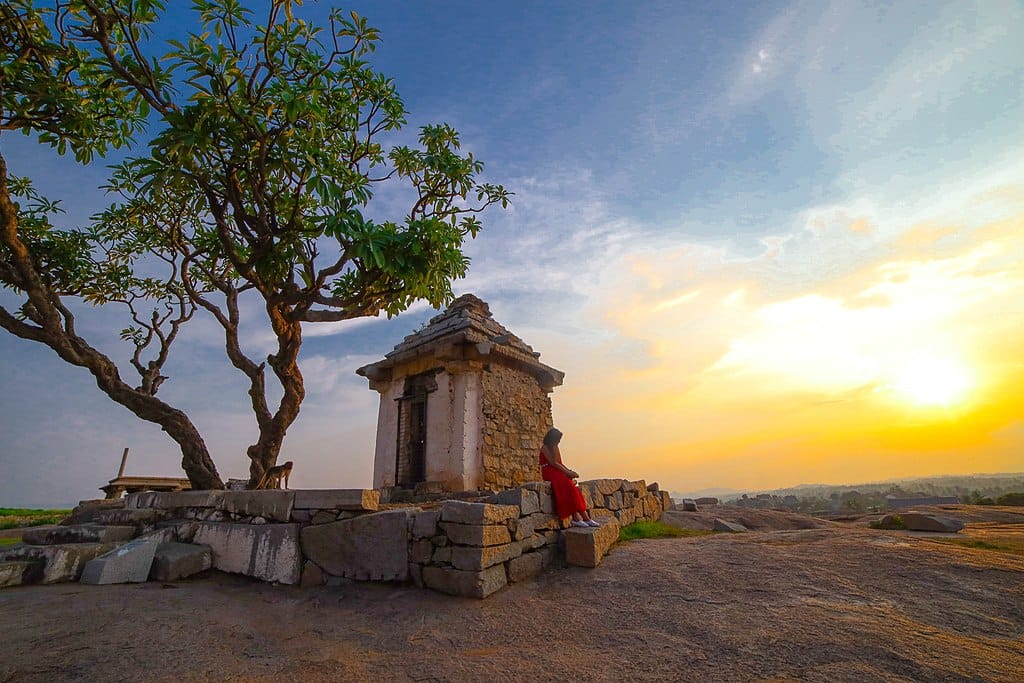For some travellers, visiting every country in the world is the ultimate travel accomplishment, but we think an even greater bucket list goal is to visit every UNESCO World Heritage Site, 26 of which were added to the list just this week.
These sites are officially recognized by the United Nations Educational, Scientific and Cultural Organization (UNESCO) for their cultural, historical, scientific or other forms of significance and are protected under international treaties to preserve them for future generations due to their outstanding universal value. World Heritage Sites can be cultural, like the Pyramids of Giza in Egypt; natural, like the Galápagos Islands in Ecuador or a combination of both like Mount Athos in Greece which is significant both for its natural landscape and its monastic community.
For anyone seeking fresh destinations to explore, the remarkable selection of sites that joined the prestigious list this year would be a perfect place to start. Here are 10 that we’re the most excited about:
Table of Contents
Sado Island Gold Mines, Japan
Nestled about 21 miles west of the Niigata Prefecture coast, the Sado Island Gold Mines are a testament to Japan’s rich industrial history. These mines played a pivotal role in the development of gold mining techniques and economic growth from the Edo period to modern times. The site offers a glimpse into the lives of the miners and the community that thrived around this precious resource.
Niah National Park’s Caves Complex, Malaysia
The Niah National Park’s Caves Complex serves as a crucial archaeological site, housing evidence of human interaction with the rainforest dating back tens of thousands of years. The caves have revealed numerous artefacts, including the oldest human remains found in Southeast Asia, providing invaluable insights into the prehistory of the region.
Schwerin Residence Ensemble, Germany
The Schwerin Residence Ensemble, primarily built in the 19th century, is an architectural marvel set on an idyllic island in Lake Schwerin. The ensemble includes the Grand Duke’s Residence Palace and manor houses, showcasing the opulence and grandeur of German nobility, surrounded by the tranquil Castle Garden.
Lençóis Maranhenses National Park, Brazil
Brazil’s Lençóis Maranhenses National Park is a natural phenomenon, where vast sand dunes are interspersed with crystal-clear freshwater lagoons. UNESCO selected this site because of its striking landscape, shaped by wind and water, transforms seasonally, creating a dynamic and otherworldly environment that captivates all who visit.
Te Henua Enata – The Marquesas Islands, French Polynesia
Te Henua Enata, or The Marquesas Islands, are a haven of biodiversity, both terrestrial and marine. These islands are not only home to an impressive array of endemic species but also hold cultural significance, marking the historical initial occupation by the Enata people, which adds a rich layer of human history to their natural beauty.
The Ancient Roman Roads, Italy
Italy is the country with the most UNESCO sites in the world and it adds to its total with the selection of its Ancient Roman Roads, a network of routes that once connected the far reaches of the Roman Empire. These roads were the lifelines of trade, military, and cultural exchange, paving the way for the spread of Roman civilization. Today, they stand as enduring monuments to the engineering prowess and historical impact of one of the world’s most influential empires.
The Flow Country, United Kingdom
The Flow Country in Scotland is the largest expanse of blanket bog in Europe, a critical ecosystem for carbon storage and biodiversity. This vast peatland is home to unique flora and fauna and plays a vital role in the fight against climate change by sequestering carbon dioxide from the atmosphere.
Badain Jaran Desert – Towers of Sand and Lakes, China
The Badain Jaran Desert in China is notable for its towering sand dunes, some of the tallest in the world, and its mysterious lakes. This landscape of extremes is a natural wonder that challenges our understanding of desert ecosystems and water conservation.
Migratory Bird Sanctuaries along the Coast of Yellow Sea-Bohai Gulf, China
UNESCO turned to China again with its selection of the Migratory Bird Sanctuaries along the Coast of Yellow Sea-Bohai Gulf are crucial stopover points for millions of migratory birds. These sanctuaries provide a haven for numerous species as they make their epic journeys across continents, highlighting the importance of international cooperation in wildlife conservation.
Saint Hilarion Monastery/ Tell Umm Amer, Palestine
It’s not all bad news from Gaza as UNESCO recognizes the importance of the ruins of Saint Hilarion Monastery/Tell Umm Amer in Nuseirat Municipality, Palestine. It is among the earliest monastic sites in the Middle East, dating to the 4th century. Founded by Saint Hilarion, it began with solitary hermits and evolved into a coenobitic community. As the first monastic community in the Holy Land, it influenced the spread of monasticism in the region. Strategically located at the crossroads of major trade routes between Asia and Africa, the monastery became a hub of religious, cultural, and economic exchange during the Byzantine period.




